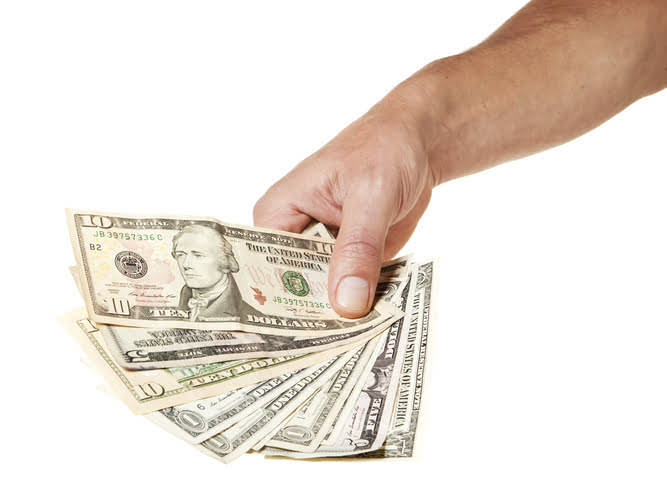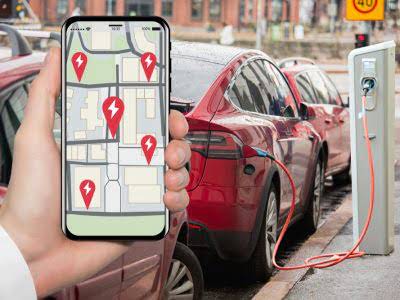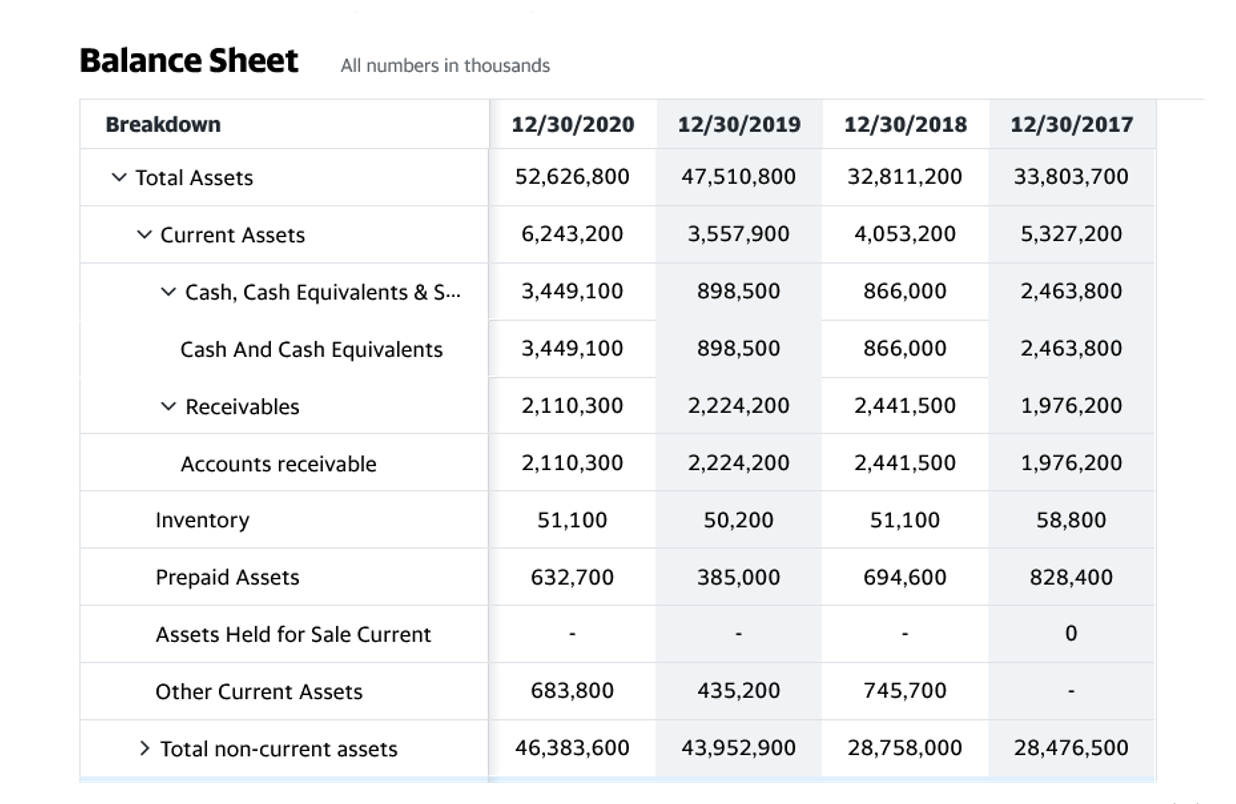The Ultimate Guide to Nonprofit Budgeting + Free Template
For example, if you tell your donors that all donations will go directly to program expenses, those are then restricted funds that you need to exclusively use to support programs. A budget plan helps you plan and control the finances in your organization. There are many sample budget templates available for you so that you do not have to take the effort to create a simple budget for your nonprofit organization from scratch and waste a lot of time. From a sample nonprofit budget template to comprehensive nonprofit annual budget templates, it covers all the essentials to keep your budget on track. Include program expenses in your nonprofit program budget template to ensure that your resources are used efficiently while achieving your mission goals.
- A budget plan helps you plan and control the finances in your organization.
- Volunteer-run nonprofits, often lacking dedicated financial staff, leverage the video tutorials and guides to navigate the complexities of budgeting.
- These projections are useful for tracking your nonprofit’s cash flow on a monthly and quarterly basis.
- A nonprofit budget is more than just a collection of numbers; it’s a strategic blueprint that reflects an organization’s priorities, goals, and mission at a foundational level.
- Even small and medium companies need a budget to keep their income and expenses on the check.
Examples of Operational Costs
Maybe you’ve run a one-off live class or earned income from a partnership project with a major brand. Group income from these activities together under accounting services for nonprofit organizations a miscellaneous section. Even if you have the perfect idea for a new project, you will still lose out on funding if your grant budget isn’t feasible and in line with the funder’s priorities. A grant budget is one of the most important parts of your grant proposal. We interviewed over a dozen grant consultants and professionals to understand what grant budgets need to pass the sniff test with funders and convince them to open up checkbooks.
Nonprofit Grant Budget Template
Be sure to include these expenses if the organization needs to rent or maintain a physical location for its operations. If your nonprofit can operate remotely, you may be able to save a considerable amount of money in this category. Let’s dive into the details of a nonprofit operating budget—what it is, what to include, and how to put it all together. For example, WWF (World Wildlife Fund) frequently reviews its budgets to optimize spending for conservation projects, making data-driven decisions for global campaigns. In FY23, WWF increased spending on conservation programs by 16% compared to FY22. Direct Relief is a great example of how contingency funds can help tackle unforeseen emergencies.
Why Choose the National Council of Nonprofits Toolkit?
- Finding the right sample nonprofit budget template can save you time and effort, allowing you to focus on your organization’s mission.
- The primary purpose of a nonprofit operating budget is to provide a breakdown of the annual projected revenues and expenses for your organization.
- These two cost centers are important components of understanding true costs and are created in parallel with the programs.
- A thoughtful budget is not restricted to being an operational tool, it’s a statement of accountability, a roadmap for growth, and a catalyst for change.
Alongside your water and energy costs, you’ll also need to think about your phone and internet provisions. Record them here and take the opportunity to compare them against what’s available on the market. You might be able to switch providers to save, or introduce corporate tablets to help your team communicate and collaborate across distances. Sometimes your revenue streams won’t fall neatly into a https://greatercollinwood.org/main-benefits-of-accounting-services-for-nonprofit-organizations/ category.
Webinar: Turn Your Business Into a Money-Making Machine
Your budget is full of a lot of information, but it doesn’t have to be overwhelming. Go one category at a time, and don’t panic about getting overly detailed. You want your budget to be a useful tool, not something you’re too intimidated to look at. Get an idea of who the granting bodies are, who they typically choose to support, and how much funding they have to offer. Once your costs are set, you know precisely what numbers you can expect to work with.
- You can keep all the information in one sheet, or break it up into different pages.
- Use a free template to get you started and once you’ve added any unique requirements to it, this can be reused for subsequent budgeting sessions.
- The combination of practical tools and training materials allows nonprofits to build internal capacity for sustainable financial management.
- This article offers actionable insights and tools recommended by experienced grant writers to help boost your submission volume and improve your funding success.
- In line with regulatory requirements, Currencycloud safeguards your funds.
Sample budget planning will permit you to figure out if you have enough money for your savings and expenses. Even with its importance, not many people observe budget plans some do, but do not follow it strictly. If you are planning on starting a budget plan and are looking for templates to guide you, check out our website for an entire collection of budget templates.
Examples of Fundraising and Marketing Costs
The built-in formulas minimize errors and ensure consistency, further strengthening your application’s credibility. This curated collection includes templates from reputable sources such as BoardSource, Candid, the National Council of Nonprofits, QuickBooks, TechSoup, and the Nonprofit Finance Fund. We’ll explore their strengths and limitations, helping you choose the perfect template for your organization’s unique needs. Effective communication is also essential for securing funding and building strong relationships with stakeholders.



















